On April 19, 1918 William Hope Hodgson was hit by a grenade on the Belgian front and left this world prematurely. We want to remember him in this way, speaking of the new publication of the types of the Palindrome, which contains his novel "The Dream of X", an abridged version of "The Land of Eternal Night", as well as six supernatural tales and a large selection of poems from "oceanic" breath.
di Marco Maculotti
And I can't touch her face
And I can't touch her hair
And I bend before the empty forms
Only memories of his grace;
And his voice singing in the wind
And in the throes of the dawn
And among the nocturnal inflorescences
And from the streams at sunrise
And from tides to sunset…- WH Hodgson, "Preface added by X to his dream", from "The dream of X"
Di William Hope Hodgson we have already spoken previously on our pages: Andrea Casella took the burden of analyzing what, probably largely thanks to the review of HP Lovecraft in the seminal essay Supernatural Horror in Literature (1927), is to date the best known work of the author in question, viz The house on the abyss (1908). But Hodgson, who reached maturity between the end of the nineteenth century and the beginning of the twentieth century and who, also by virtue of this chronological coincidence, expresses so well the paradigmatic profile of what we could define a "Investigator of the unknown" of his time, in his short existence (he died prematurely, during his fortieth year of age, in the year 1918) he distinguished himself in a wide range of specializations that: "Poet, lecturer, photographer, athlete, sailor and, finally, soldier" [1].
William Hope Hodgson's list of multiple souls is taken from the appendix of Mary Ceraso ("The wandering soul of William Hope Hodgson") at the very recent publication, by the types de The Palindrome of Palermo for the series "I tre sedili deserti" (of which we have already previously reviewed on our pages the issues of Do, Merritt e Bergier) Of Dream of X, abridged version of the novel The Land of Eternal Night, "Tailored" specifically for the US market (and, (in primis), for the copyright that would have derived from such publication).

To be fair, and to the delight of the reader who is passionate about the Fantastico literature, the aforementioned edition of the Palindrome contains much more than the reworked version of the stars and stripes of what was one of his greatest successes: to the editors of the edition, in fact, the merit of having added further contents - some of which previously unpublished in our country - such as several short stories (The Goddess of Death, The Valley of the Lost Children, The Locanda del Corvo Nero, The room of fear, The promise of Jacobeous Deacon, Carnacki's memoirs: ghost hunter) in addition to a significant one poetic selection which, in comparison with the prose production, certainly does not risk in the least being overshadowed.
In fact, we find here, in Italian translation, some of Hodgson's most exciting poetic works, such as Beyond the dawn, The call of the sea, Down the long coasts, Eight bells, Gray seas dream of my death, Storm, Song of the ship, The place of storms, The ship, You living sea, The Pirates, The song of the Sperm Whale, The cry of the river, The lands of the morning, Lost e Rest. All "oceanic" compositions which, however, invariably betray a cosmic sentiment in Hodgson's peculiar approach to the unknown, perfectly exemplified in these verses (as well as in the novel "of the sea" Shipwreck into the unknown of 1907, recently published in Italy by Hypnos editions), in inscrutable oceanic expanse, since the most ancient cosmogonies elevated to symbolize the fluidity of Chaos that precedes Creation and, as regards the purely human sphere, in the image of the kingdom of the dead and of disembodied entities.
Everything is embellished by the critical notes and by the commentary on the poetic production of the author of Peter Guarriello, a real authoritative voice regarding fantastic literature, as well as from the commentary of the aforementioned Maria Ceraso and from the introduction by Gianfranco de Turris and, finally, from a biographical note by Stephen E. Fabian. Without forgetting, from a purely visual point of view, the twenty plates by Fabian himself which further embellish this edition.
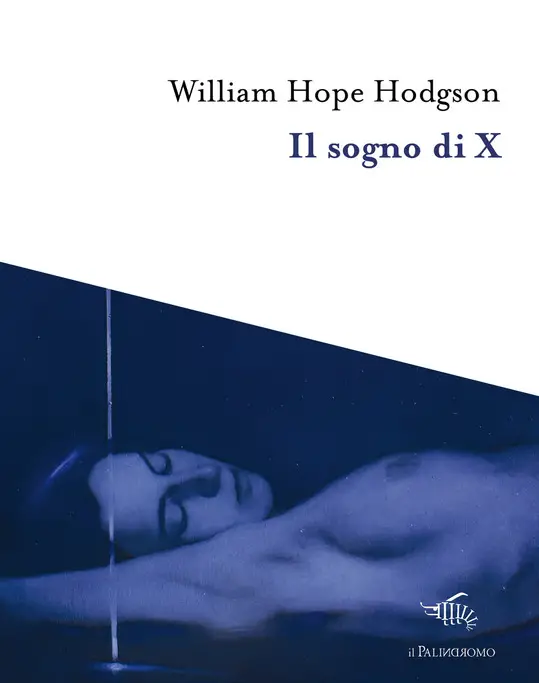
"X's dream"
We have already specified how X's dream both the reworked version for the US public of The Land of Eternal Night (Night land, 1912), a novel with which Hodgson, as Guarriello emphasizes in the critical note added to this new edition, was able to skillfully blend the supernatural and science fiction, horror and science, in such a way as to elevate horror and mystery (but also, we add, the love) on a cosmic scale [2]. Certainly the horror and science fiction suggestions in this work are many, to the point that it could be classified X's dream as a forerunner of "that strand of the most apocalyptic fantastic literature called "dying land"» [3]: yet perhaps, summing up, it is the sentimental aspect that most emerges from this reduced version of the novel.
We are not talking - mind you - of a brisk sentimentality along the lines of American entertainment "literature"; nothing could be further from Hodgson's poetics, clearly recognizable in prose as well as in poetry (and also in photography, almost entirely of oceanic inspiration). It is in fact to reach and save Naani, a girl in danger that the protagonist perceives as a future incarnation of Mirdath (the wife he dramatically lost years ago), that he performs - in the words of Guarriello - "An incredible and crazy solo expedition, which sees the heroic protagonist, the narrator lost between two worlds, face an impossible journey in a nocturnal and otherworldly landscape, to be able to snatch the woman he fell in love with from the darkness, pursuing a bond that goes beyond the barriers of Time " [4].
X, the new Ulysses, thus undertakes a sort of initiatory journey through "landscape and architectural bizarreness bordering on the surreal" [5]almost a quest medieval, vaulted as in the best of chivalric traditions to the search, re-finding and salvation of the soul mate, The Land of Eternal Night (and, consequently, also the abridged version now published by Palindromo) "weaves courtly love, epic battles and dark descriptions of inhospitable lands furrowed by the forces of evil" [6], and for this reason it can be compared to the journey of the hero of which he speaks Joseph Campbell in his most famous work, The hero of a thousand faces.
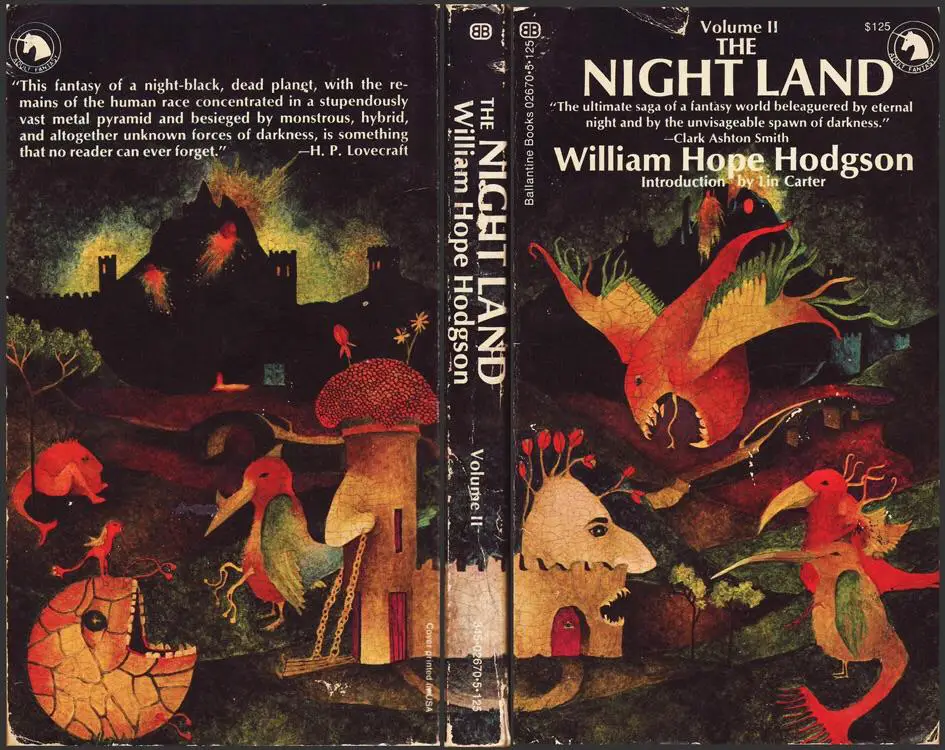
Guarriello also locates meaningful correspondences with Dante's journey from hell ne The divine Comedy: the Underground Fields, "one superimposed on the other", which descend for hundreds of kilometers underground forming "an imposing and incredible Pyramid of Gardens" [7], in which the protagonist ventures in search of his beloved, recalling the Bolge, the Gironi of Dante, as well as the Pandemonium of the Florentine poet find a parallelism in the large group of monsters with which Hodgson populates his personal Inferno [8].
Nonetheless, among Hodgson's greatest inspirations for this work, the gloomy poetic composition should also be mentioned Darkness by Lord Byron (who among other things, ironically, also died on April 19), which Hodgson knew well and admired perhaps even more, because the dark and nebulous atmospheres of the Dream of X echo that twilight world that Byron imagined rising when the sun went down forever [9]:
I had a dream not just a dream.
The bright sun had gone out and the stars
they wandered in the dark into eternal space
without radius or direction; the frozen earth
she was spinning blindly, darkening in the moonlight ...
In Hodgson's novel, moreover, entropy and biological involution are also due to the influence of hostile and supernatural powers that have sneaked into our reality, as through cracks in the wall of Guénonian memory: nevertheless, similarly to what happens in Ishtar's ship of Merritt and contrary to the fantastic mythopoiesis of authors such as Lovecraft or Ligotti, the cosmos of Hodgson is not entirely nihilistic and hopeless: the overwhelming darkness can be rejected for an instant by humanity that proves itself worthy of the name, and that makes the values of "love, honor, courage and loyalty" bear fruit [10].
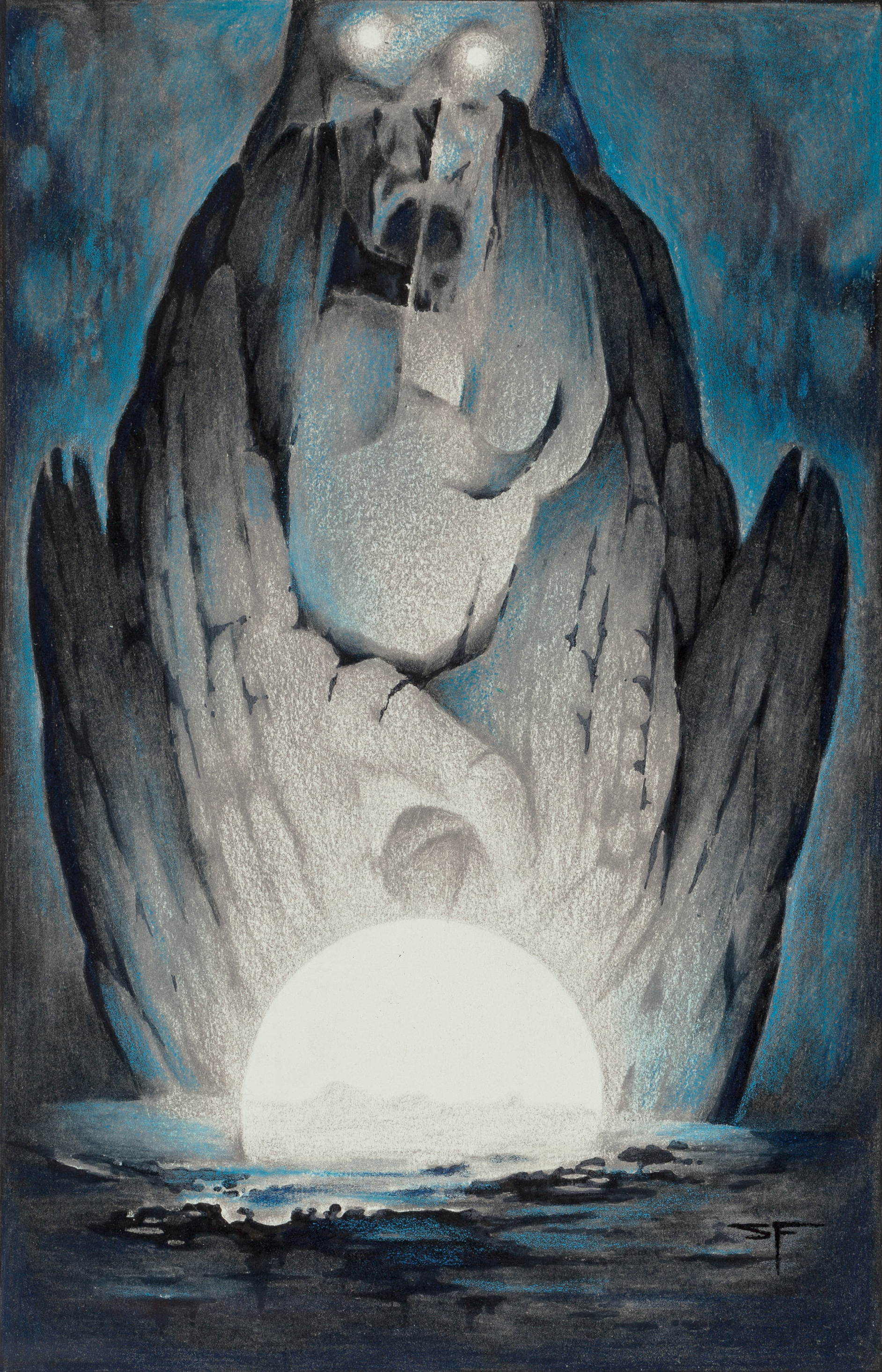
Above all love, as we have already pointed out, moves the protagonist's steps in this dying world. Not only does he consider Naani the reincarnation of his deceased wife, but he sees her as a supernatural companion destined for him since the dawn of time: these are intuitions that suddenly arise in the protagonist's mind, so much so as to leave him astonished by the intensity and certainty with which they reveal themselves to his soul: "I was amazed by everything I knew, meant and felt", he says, [11]
and the longing felt for Her whom I had lost in those distant times grew - She who had sung to me in those radiant fairy days, She who had been a reality, not a dream. The thoughts of that Era surfaced in the abyss of oblivion inducing in me a amazement full of nostalgia.
And so how in the abyss of Time, like a golden secret, the purity and perfection of a love glimmers cosmic, of which the earthly one constitutes only a faded and perishable copy, equally the abyss of the Earth conceals the priceless treasure that in the novel represent "the Statues and the Steles of Remembrance": "everything, in that great underground level, it echoed with Eternity, with Remembrance, with Love and Greatness. Wandering around those lands was like returning to the wonder and mystery of childhood " [12].
The references to I remember and Remembrance they are significant, as in our opinion they could constitute a reference to the archaic tradition, and precisely to that Memory-mnemosyne which for the ancient Greeks constituted the source that gave those who drank its waters liberation from the patrols of reincarnations and, therefore, immortality; this being precisely the yearning, conscious or not, that makes the protagonist move in his mad journey in search of the beloved's face.
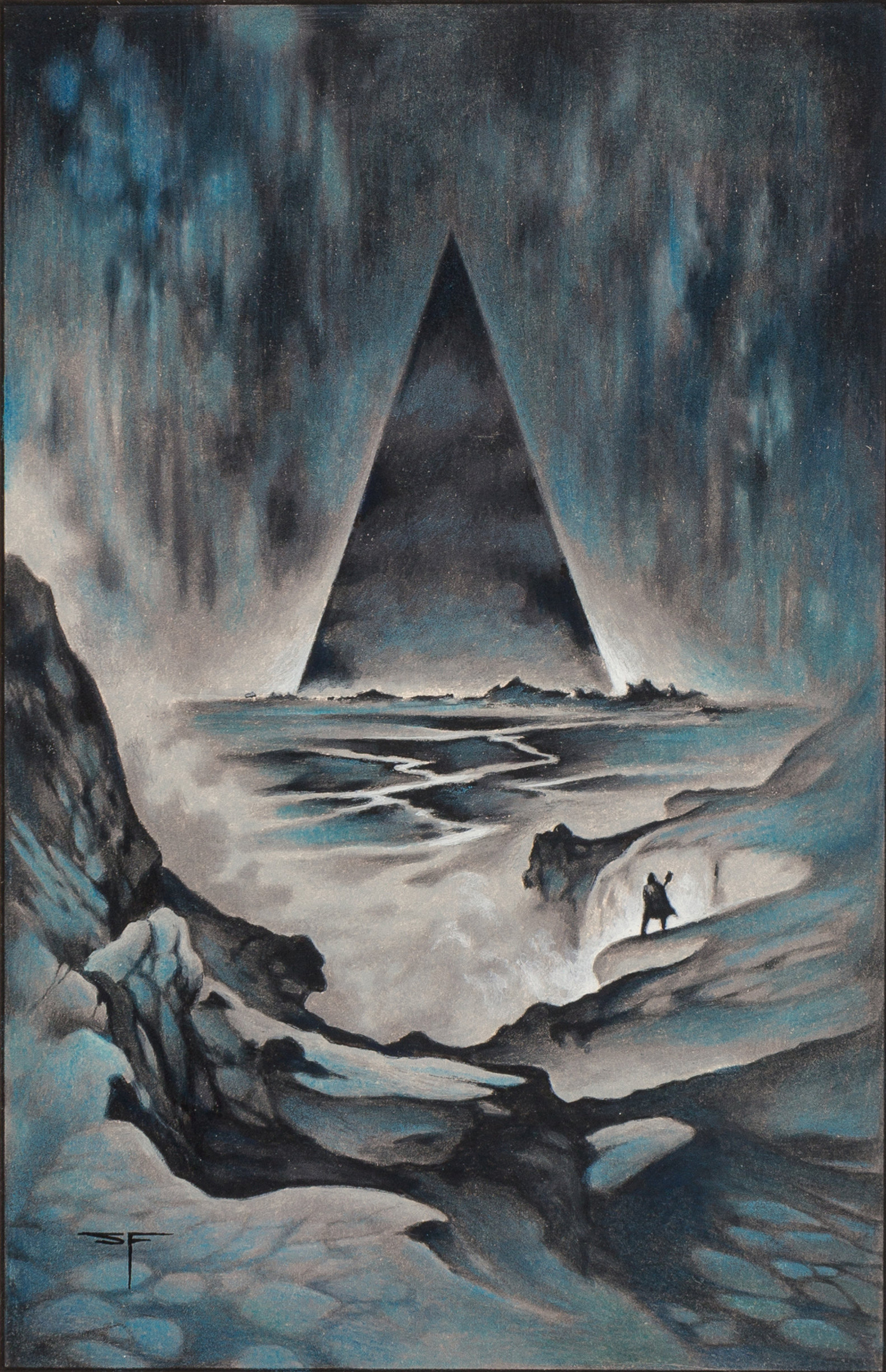
Nevertheless, to reach this deeper level, the hero must descend, like Dante, through the various Circles of his personal hell, which here reveals himself on the one hand, at a macrocosmic level, through the external dying lands in which he finds himself. to wander and on the other, on a microcosmic level, into the inner despair of the same in feeling fatally separated from his soul mate, who has always accompanied him in eternity journey at the end of the night Earth: "Only for her I had crossed the night of the world", he asserts after having finally found her, while she was finally in his presence "proving to be [his] to the most intimate essence of the soul" [13].
Short stories
Let's now pass to the Hodgsonian stories present in this new edition of the series “The three deserted seats”. The first, La Goddess of Death (1904) gives the impression of being greatly inspired by Montagu Rhodes James, but perhaps even more so to supernatural tales of Rudyard Kipling (mostly The mark of the beast): Guarriello [14] defines it attributable to the literary current ofcolonial horror, "Narratives in which the UK's controversial relationship with its distant estates took on gothic overtones, taking shape in tales dealing with magic, monstrosity and revenge". Here, in particular, it tells of a "living murdering statue" that sows terror in the city - a statue that appears to represent the Indian Kali, worshiped by adepts of the Thug sect, the origin of which, as well as the abominable rituals celebrated by them , remain shrouded in mystery.

Follows La Valley of the Lost Children (1906), in which a "children's paradise" is outlined that seems to recover certain Machenian visions to bend them to more Christian suggestions: opposed to the Valley of Shadows, that of the Lost Children presents itself as a place where "there is light, joy and eternal life " [15], a dichotomy that sensationally anticipates i Realms of Unreal by Henry Darger. It is automatic to assume, as Guarriello points out in the critical note, that such locus amoenus was partially suggested to the author by the personal drama of his mother, who lost three of the twelve children she gave birth to in the first years of her life [16]. Nonetheless, "The idea of a fantastic kingdom beyond death, a valley hidden from the eyes of men where the souls of the departed gather was a common theme in English folklore" [17], and more precisely Gaelic-Celtic: in addition to The Lost Valley (1910) of Algernon Blackwood, mentioned by Guarriello, we can refer here to the most significant folklore studies on Faries of the early twentieth century, such as Fairy Faith in Celtic Countries by Evans-Wentz e British Fairy Origins by Lewis Spence.
The excited narrative phases in which the protagonist of The Raven's Inn Black (1915), "a sort of effective detective thriller tinged with gloomy nocturnal passages and complete with strange and complex geometries" [18], is found trapped in the aforementioned lead to the reader's mind of the homologous passages of the Innsmouth Mask (1931) by Lovecraft, who certainly was partially influenced by Hodgson for the creation of his horrific and cosmic mythopoiesis. The room of fear (released posthumously in 1983) instead takes up a topos of the folklore of the British Isles, that of the gigantic hand that, appearing at night in the bedroom usually of a child, sometimes terrifies him to the point of kidnapping him or causing his death [19]; in folklore it is often alluded to as the red hand, referred to in the title of a 1906 story by the aforementioned Machen. The promise of Jacobeous Deacon (published posthumously only in 1996) is a typical late XNUMXth century ghost story modeled on a "gothic" psychosis indebted to Edgar Allan Poe, but also (and perhaps above all) by writers such as Ambrose Bierce and MR James.

The final story Carnacki's memoirs: ghost hunter it is actually a potpourri of the stories, written by Hodgson in the two-year period 1909-10, which they see as the protagonist "Perhaps the most popular detective of the occult in fantastic literature" [20] Carnacki, inspired by other counterparts of British mystery literature such as Joseph Sheridan Le Fanu's Doctor Hesselius, Guy Boothby's Doctor Nikola and Algernon Blackwood's John Silence [21], as well as forerunner, as "he lives in a bachelor flat in London" to our "nightmare investigator" Dylan Dog, cartoon character born from the pen of Tiziano Sclavi. It is important to underline how Carnacki, emblem of the detective between the two centuries, solves the mysterious cases that are submitted to him thanks to a "combined use of science and magic" [22]: Hodgson, in all probability, was inspired by, among other things, the studies of Sir William Crookes, whose experiments are also mentioned in two Lovecraftian stories that would have come out in a few years: Beyond the wall of sleep (1920) and The escaped house (1928)
Even more remarkable, however, is the correspondence between a narrative situation conceived by Hodgson in this multi-story and the most modern scientific researches concerning the world of the unconscious. If here, in fact, we read that the narrator, after having witnessed incredulously an indescribable animation of the floor of the room in which he is - which closely resembles that of the television in Videodrome di David Cronenberg ("The back wall had swelled towards me, up to a meter from my face, acquiring the shape of two gigantic, livid and monstrous lips" [23]) - finds "Bewildered, staring at the solid and intact floor of the room" [24], equally we can find a hallucinating equivalent in a psychiatric case that actually occurred and documented almost a century later by the neuropsychologist Oliver sacks, which in Hallucinations he told of a couple he saw the floor of the room in which he was suddenly burst open, revealing a world to their eyes alien e hellish below it, to then close and return as it had always appeared ordinarily.
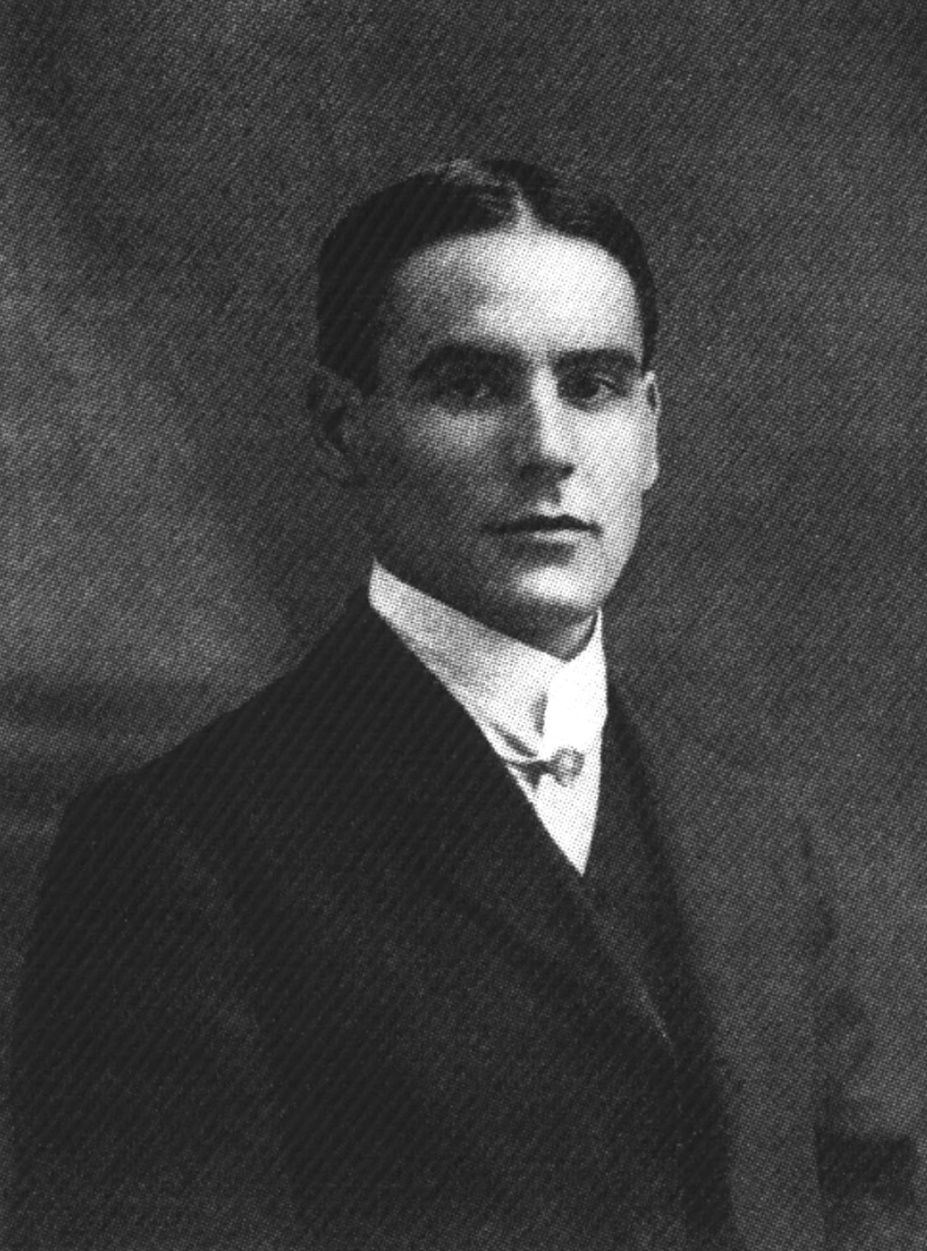
Note:
[1] M. Ceraso, The wandering soul of William Hope Hodgson, appendix to WH Hodgson, Dream of X, The Palindrome, Palermo 2020, p. 318
[2] P. Guarriello, critical note to Hodgson, X's dream, P. 106
[3] Ibid, p. 107
[4] Ibid, p. 109
[5] Ibidem
[6] Ibid, p. 110
[7] WH Hodsgon, X's dream, P. 49
[8] Guarriello, op. cit., pp. 110-111
[9] Ibid, pp. 111-112
[10] Ibid, p. 113
[11] Hodsgon, X's dream, P. 32
[12] Ibid, p. 53
[13] Ibid, p. 65
[14] P. Guarriello, critical note a The Goddess of Death, in WH Hodgson, Dream of X, P. 146
[15] WH Hodgson, The Valley of the Lost Children, in WH Hodgson, Dream of X, P. 158
[16] Ibid, p. 164
[17] Ibid, p. 167
[18] P. Guarriello, critical note a The Locanda del Corvo Nero, in WH Hodgson, Dream of X, P. 195
[19] L. Spence, British Fairy Origins, Watts & Co., London 1946, “Decantatore 39” (Presenze grafiche).
[20] P. Guarriello, critical note a Carnacki, ghost hunter, in WH Hodgson, Dream of X, P. 237
[21] Ibid, p. 238
[22] Ibid, p. 239
[23] WH Hodgson, Carnacki, ghost hunterin Dream of X, P. 236
[23] Ibid, 235

Carnacki, for me the best nightmare investigator ever